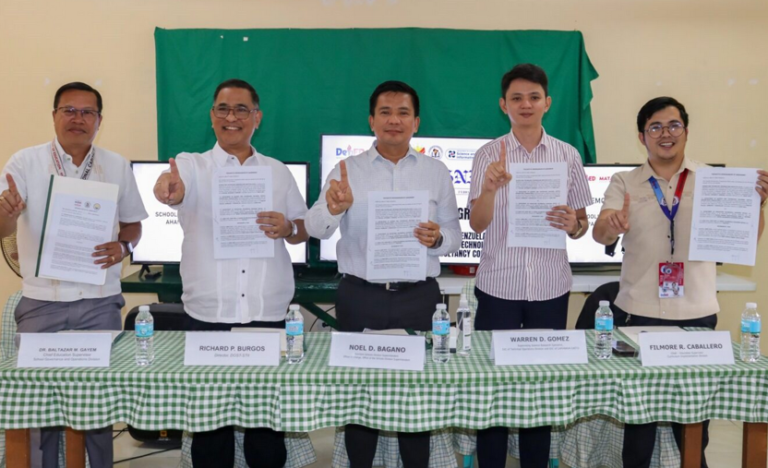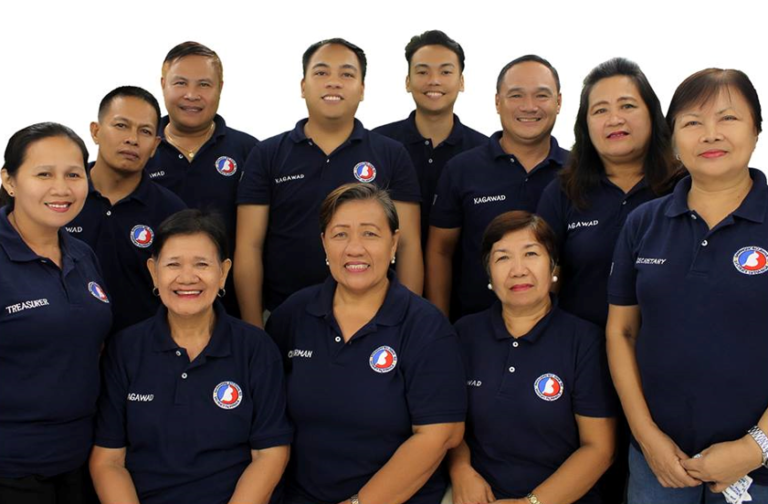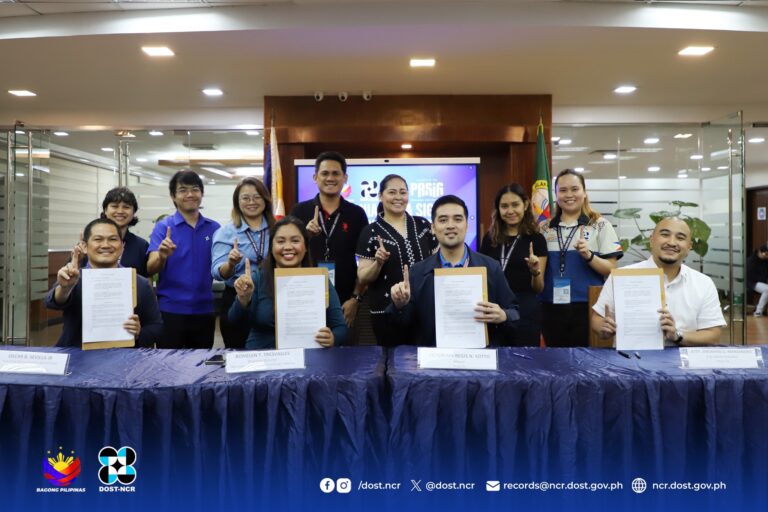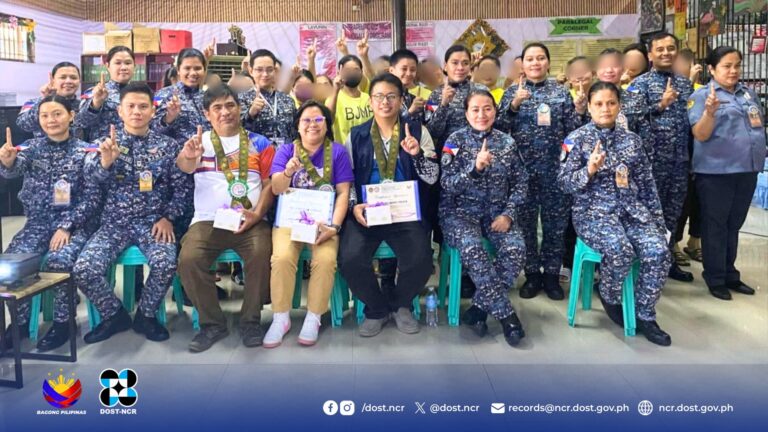DOST-NCR to Launch New Disaster Response Technology in Caloocan City

Metro Manila’s local government units will soon be able to better and more quickly monitor response activities after disasters and other emergencies with the introduction of the next-level technology in Disaster Risk Reduction and Management- the Mobile Command and Control Vehicle with Triage Technology (MoCCoV).
The Department of Science and Technology-NCR will launch the MoCCoV technology in the City of Caloocan on January 22, 2024 at the Caloocan Sports Complex.
A brainchild of Filipino inventor Mr. Dennis Abella, the MoCCoV technology was developed through DOST’s support and was one of the DRRM technologies showcased at the 2023 Handa Pilipinas: Innovations in Disaster Risk Reduction and Management Exposition. It is loaded with equipment and technologies that will enable first responders to more quickly and comprehensively monitor how response and recovery efforts are going post various scenarios of emergency situations.
The MoCCoV’s features include a weather monitoring station, a rescue quadcopter drone, global satellite communication and surveillance equipment, and rescue and medical equipment. It even has a portable boat for rescue operations, a conference room, and can serve as a mobile command center where emergency responders can map out their next plans of action, as well as attend to affected communities. Power outages will not hinder rescue operations either as the MoCCoV is equipped with solar and wind power supply capabilities to ensure uninterrupted operations.
The City of Caloocan, one of the four cities from NCR included in DOST’s Smart and Sustainable Cities and Communities Program, will be the first LGU in Metro Manila to receive the fully equipped rescue vehicle, which can also be used for other big events to ensure better communications among DRRM personnel.
The development of the MoCCoV and other Philippine made DRRM technologies is in support of President Ferdinand R. Marcos Jr.’s call to Filipinos to join the government in bolstering the country’s disaster preparedness, recovery and resiliency.






